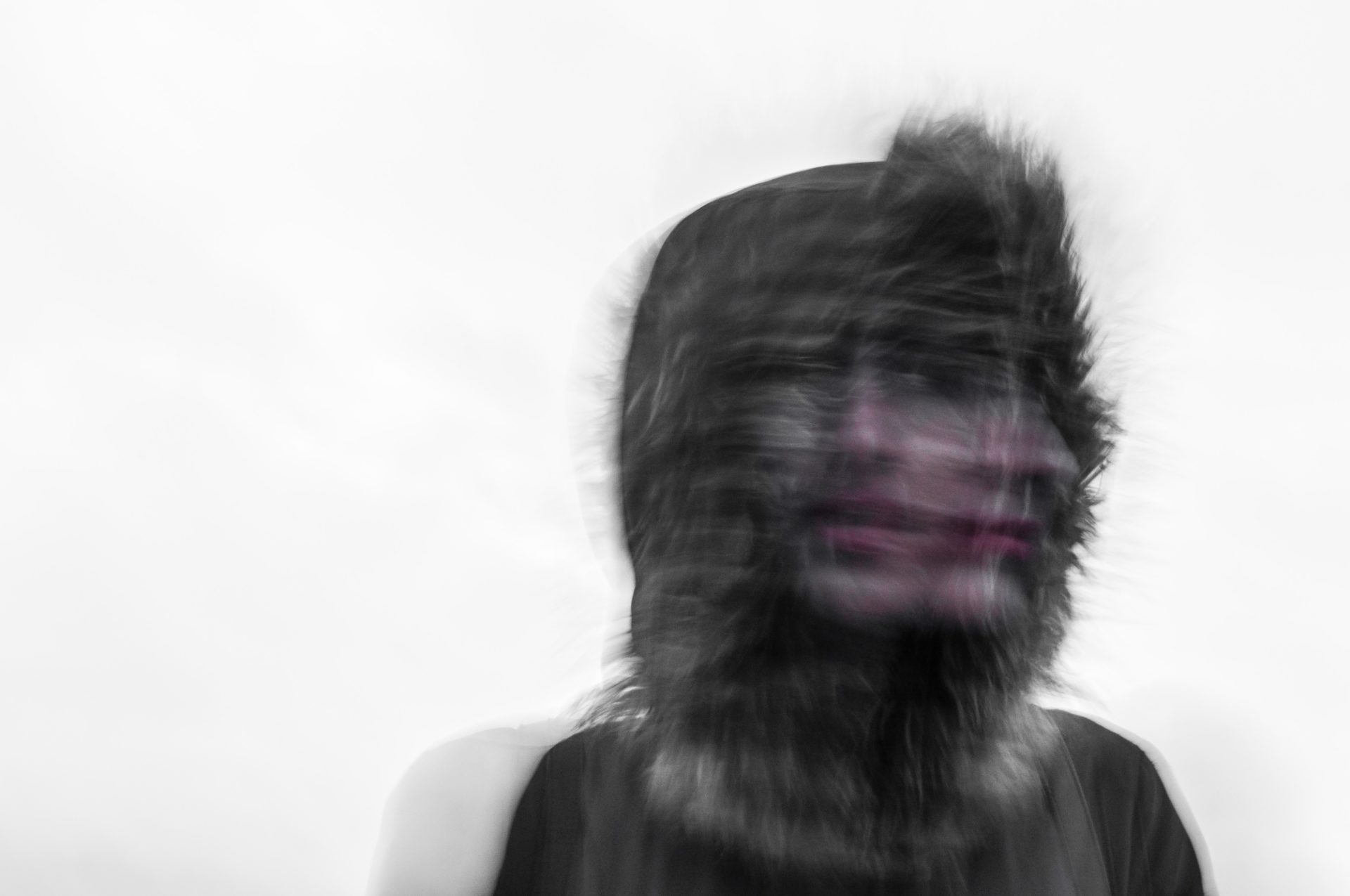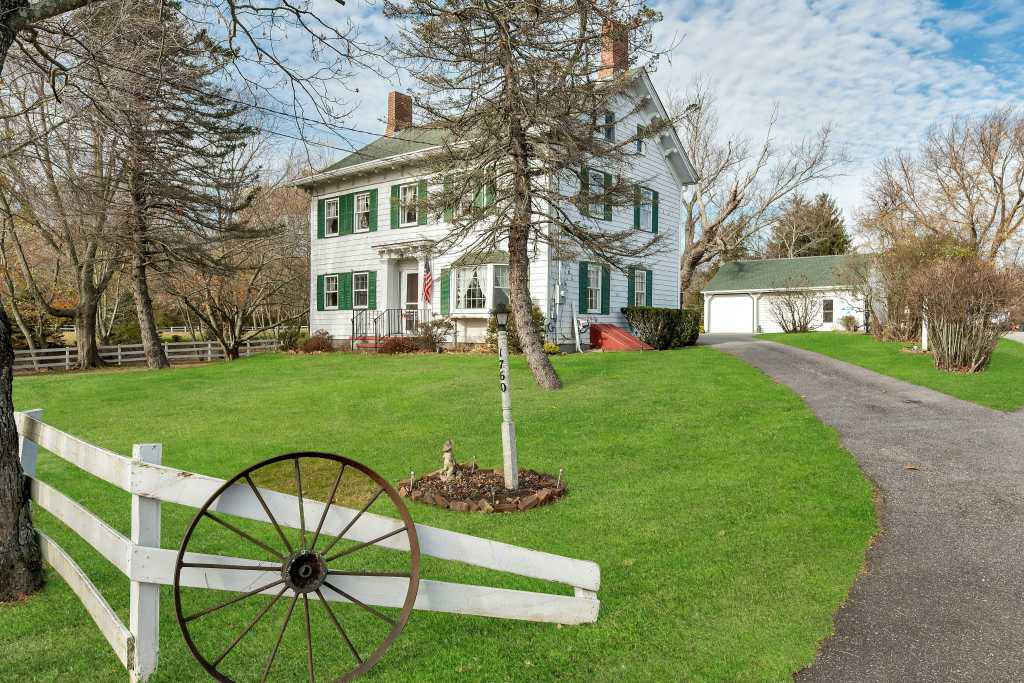Panic Disorder

Some health issues cannot be seen, they are the silent sufferings that are felt with the heart and battled with the mind. It could be a stranger, it could be a friend, it could be you. It is me. Last Wednesday, October 10, was World Mental Health Day and in acknowledgement of that day, I am breaking a very personal story to my readers, in hopes it gives strength to others. I suffer from panic disorder.
Panic attacks are classified as a mental health disorder. They are not anxiety attacks, which are short lived and onset by a particular stressor. Panic attacks are unprovoked, unpredictable, and can even occur when waking up. Anxiety Disorder is the most common mental health issue in America, affecting 40 million adults (18.1 percent), in that number six million (2.7 percent) have panic disorder (PD). Women, unfortunately, are twice as likely to be affected than men.
This is my story.
“I am present, I am here, this is real.” This is the mantra I’ve repeated to myself more times than I’d like to admit over the course of my life. I’ve been hiding in the shadows, but now’s the time to step out of the darkness and shine light on the real issue. I struggle with panic attacks nearly every single day. Inhale, exhale. Life’s most basic function has become my biggest burden. Many mornings I wake up afraid to take my next breath, each gasp of air becoming a cognitive chore.
When I was seven years old, my mother took me to St. Lucia for our first mother-daughter trip and scheduled my first (and only) scuba diving lesson. Unfamiliar with the breathing techniques while using the air tanks, I panicked. I became faint and fearful I wouldn’t get enough air. As memories fade and blend together, this single moment became an irreversible turning-point in my life. I developed anxiety associated with getting enough oxygen. My life was never the same.
Slumber parties, a young girl’s favorite pastime filled with friends, were a dreaded invite. I distinctly remember calling my mother several times from my peers’ houses at odd hours of the night to pick me up. “It’s happening. I’m scared. Can you come get me?” It socially isolated me, “the girl who couldn’t spend the night without her mommy.” I was ashamed.
As the months rolled on, so did my emotional triggers. I feared the onset of another attack, thus developing into the classification of panic disorder. Time off from school frightened me, vacation time meant more hours of the day where my mind would wander. I couldn’t be alone with my own thoughts; I needed a distraction. It was all happening so fast. Eventually, any place related to darkness became a call for distress. Then, the worst happened. In a plateau of events, I feared the moment the sun went down, and winter was a chilling reminder that the days were shortened. The darker the hour, the less “alive” the world felt. It became a cycle of isolation.
Coming from a family where medication wasn’t the answer, I never sought medical help. This was a mental issue and therefore could be overcome naturally. So, up until I was 17, I had my rituals. Everywhere I went I would map out the nearest hospital and keep relatives’ phone numbers on hand in the event of a full-blown attack. These things provided me comfort, as every moment alive became an opportunity for paralyzing fear to strike. In time, each time, the attacks did dissipate and I never actually had to call an ambulance (though I came close several times). Meanwhile, I continued to travel with family, enjoyed nights out with friends, boyfriends, scholarly awards, and other life milestones. From the outside, I was completely normal. On the inside, I was in a near-constant state of panic, afraid of my own shadow.
Upon a life-changing travel opportunity with an educational group, People To People, in 2006, I faced my fear and came back panic free. For over a decade, the attacks dissipated. Then, one cold night in December 2017, I awoke unable to breathe, dizzy, and in a sweat. The symptoms persisted and two weeks later I visited a doctor for the first time regarding my symptoms, to confirm what I was experiencing. I knew it all too well and was in disbelief at its return. To help, she gave me a small dose of Xanax to alleviate the pressure, to remind my body what it was like to be calm. It helped for two days, and a rare occasion since. But I still have most of those pills, on standby in case of a real emergency.
Over time, the occurrence has become infrequent but the symptoms are terrifying. Like falling into a black hole, where the gravity continues to pull me in. I’m disconnected, disillusioned from all things I’ve known. I’m no longer real, life feels like another dimension I cannot touch. My chest continues to tighten, unable to get a full breath in. The hairs on my arms begin to stand. I feel faint. I question if I’m dying, so I place my palm in front of my lips to check if air is coming out. It is. Stand up, walk around, take a drive, call someone, anything to remind myself that I am connected to what’s around me. Every moment in it has become an irrational moment of fear.
I am not a victim. My attacks do not define my life, they merely become moments of an additional breath. I’ve decided to share my story now in acknowledgement of the severity of this illness, gripping those in its path. It is an illness masked in smiles and silence. If you suffer, know you are not alone and you, too, will continue to find your strength.
nicole@indyeastend.com
@NikkiOnTheDaily









